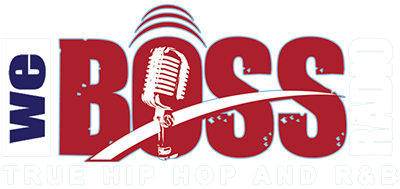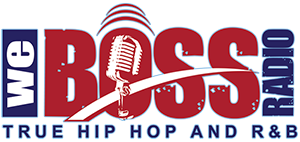
Source: FG Trade / Getty
Vulnerability surveys were introduced in 2009 after Barack Obama became president to assess the eligibility of homeless individuals for housing assistance. According to California Healthline, the more vulnerable a person is deemed, the higher their score on the questionnaire, which improves their position in the housing queue, but the system may be doing more harm than good for the Black homeless population.
The Vulnerability Index – Service Prioritization Decision Assistance Tool (VI-SPDAT) is the most widely used assessment tool to determine if a homeless individual qualifies for housing assistance. The survey includes personal questions about a person’s history and experiences, such as whether they’ve been in contact with police due to witnessing or being involved in a crime. It also asks about mental health, self-harm, or substance use issues, including whether the individual has threatened or attempted harm, struggles with mental health, or has used drugs or alcohol.
However, some experts argue that this system is outdated and exacerbates racial disparities. The surveys have been criticized for prioritizing white individuals over Black homeless people, as the scoring system awards higher points for healthcare usage and relies on trust in the system—factors that disproportionately benefit white individuals.
According to the 2019 CES assessment data report, white individuals are more likely to be prioritized for permanent housing compared to BIPOC (Black, Indigenous, and People of Color). The report found that the VI-SPDAT sub-scales do not equally capture vulnerabilities across racial groups. Specifically, race is a significant factor in 11 out of the 16 sub-scales, with most of these sub-scales being biased toward vulnerabilities more commonly reported by white individuals. As a result, the tool tends to disproportionately favor white people in the housing prioritization process over Black folks.
“It’s racist in a systemic way,” Marc Dones, a California-based policy director at the University of California-San Francisco, told California Healthline. “If you’re a white person, the more likely you are to rank higher than if you’re a Black person, so you’re more likely to get selected for housing.”
How did the vulnerability questionnaire become broken?
The VI-SPDAT assessment tool was initially tested in Boston, where the homeless population was predominantly white, male, and dealing with severe mental illness or substance use disorders. In contrast, Black individuals are more likely to experience homelessness due to economic factors like poverty or unemployment and are less likely to have access to healthcare due to higher rates of uninsurance and limited healthcare utilization.
As Dones pointed out, the system was designed to prioritize those at higher risk of mortality, particularly focusing on individuals with severe health conditions. However, this approach inadvertently favored white individuals, who typically score higher on vulnerability assessments due to chronic illnesses, addiction, and frequent hospital visits. Black individuals, on the other hand, are less likely to have a medical history or disclose health issues, and may also be more mistrustful of the system due to historical biases in healthcare. This led to the unintended consequence of white people being more likely to secure housing.
It is deeply unfair that most minority groups, particularly African Americans and Indigenous people, experience homelessness at significantly higher rates than whites, a disparity rooted in centuries of historical and structural racism, according to End Homelessness. The most glaring inequality is seen among African Americans, who make up 13% of the general population but represent 37% of those experiencing homelessness, and over 50% of homeless families.
Change is on the way.
Fortunately, some states are already taking steps to improve the vulnerability survey process. As noted by California Healthline, in Los Angeles, officials are implementing artificial intelligence to enhance the evaluation of individuals for housing prioritization, with a focus on factors like over-policing of Black people and discrimination in healthcare. In Las Vegas, the vulnerability assessment is being revised to assign higher scores for systemic issues such as incarceration. Meanwhile, in Austin, Texas, officials are piloting a system that takes into account individuals displaced by gentrification. These efforts aim to create a more equitable and comprehensive approach to housing prioritization.
SEE ALSO:
Housing Injustice: How Criminalizing People Experiencing Homelessness Doesn’t Solve The Problem
San Francisco Man Defends Spraying Homeless Woman With Water Hose In Viral Video









